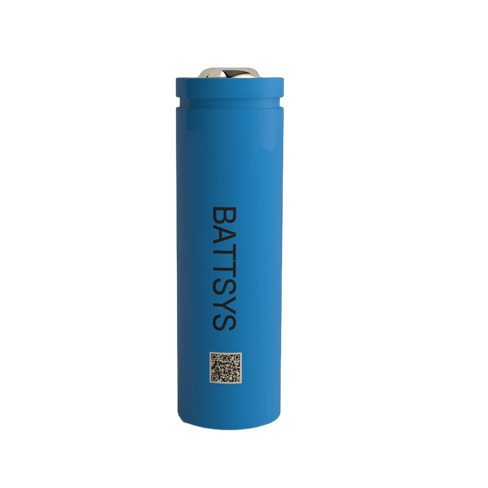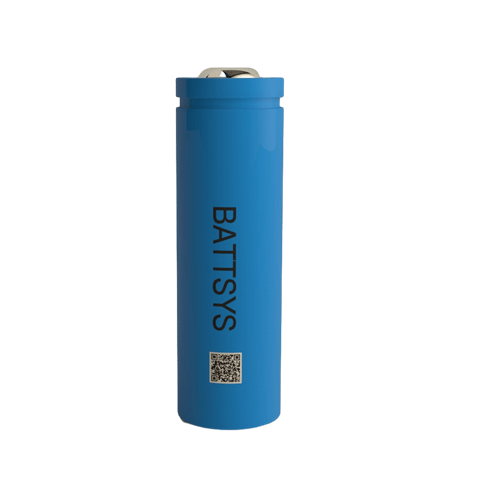How do accidents involving high-temperature lithium batteries usually occur?
1. Internal short circuit (mostly for large flexible packaging units): Structural or process defects lead to the insertion of steel pipe joints, resulting in insufficient packaging volume, burrs, and reduced barriers. After inserting cells into the thick ear and parallel structures, the ear insulation is not in place, which can easily cause acute short circuits and internal burning or (internal short circuit: This person has a deep understanding of this. At that time, waste batteries exceeding 2k were basically an exception to design defects: (acute internal short circuit), but this situation was rare in the beginning, unless it was due to external factors.

2. External short circuit: External short circuits are rarely generated in batteries below 1ah, usually caused by ear swelling or burns. What I am analyzing is the burning caused by the external short circuit of high-capacity mobile phone batteries. Affected customers' improper use of metal outer box devices without considering ear insulation, resulting in abnormal battery smoking and burning on site; Energy science also commonly finds insufficient structural fixation (not well considered). During the battery utilization process, the shaking of the battery can damage the external insulation maintenance film or contact head of the battery, resulting in short circuit burning. 3. Supercharging: This is dangerous and feared by companies, but it still happens occasionally. Based on my understanding, there are two points: A. The user did not use the matching charger as requested, resulting in damage to the maintenance line. The time users spend charging their chargers is usually infinite. The battery configuration is not fair, and the maintenance board is ineffective, making it a mess The same goes for batteries. 4. The battery's own data is not up to standard. If the data does not meet the standards, it may overheat under the calibration voltage and current, causing accidents. Based on the above analysis, if it is possible to properly maintain and utilize high-temperature lithium batteries to avoid the occurrence of the above situation, the following methods may be summarized:
1. Frequent deep charging and discharging: High temperature lithium batteries have limited memory. Many friends prefer to use the battery (maintenance board) to charge their lithium-ion electric vehicles or high-temperature lithium battery digital products. In the eyes of many people, this is also a way to activate batteries. In the utilization of high-temperature lithium batteries, we refer to the situation of running out of electricity as deep charging and discharging. In fact, deep charging and deep discharging are important mistakes made by many people when using high-temperature lithium batteries. Scientists have concluded that, assuming all other environmental conditions remain constant, the number of deep charge and discharge cycles is directly proportional to the battery life, and repeated charge and discharge cycles can lead to premature termination of battery life. And the end of long-life high-temperature lithium batteries can easily cause battery expansion, leading to. The design of the 2-charging and maintenance board is unfair, and the premise of high charging and discharging and charging time often occur. We always like to make our devices withstand longer after the battery is fully charged for a period of time. However, what many people do not understand is that charging and discharging for a long time can significantly damage and impair the function of high-temperature lithium batteries, which can cause significant damage, and so on. In its case, such a battery is well filled, and if it is always plugged into the charger, it will eventually be a tragedy. During charging and discharging, the current of the charger and the individual current load of the appliance should be within the designated range. Excessive current load can easily cause internal short circuits in the battery, thereby damaging lithium ions and posing a safety hazard to the circuit. This also applies to the voltage of rechargeable chargers. So when we use the charger, we should also pay attention to whether the charger passes.


